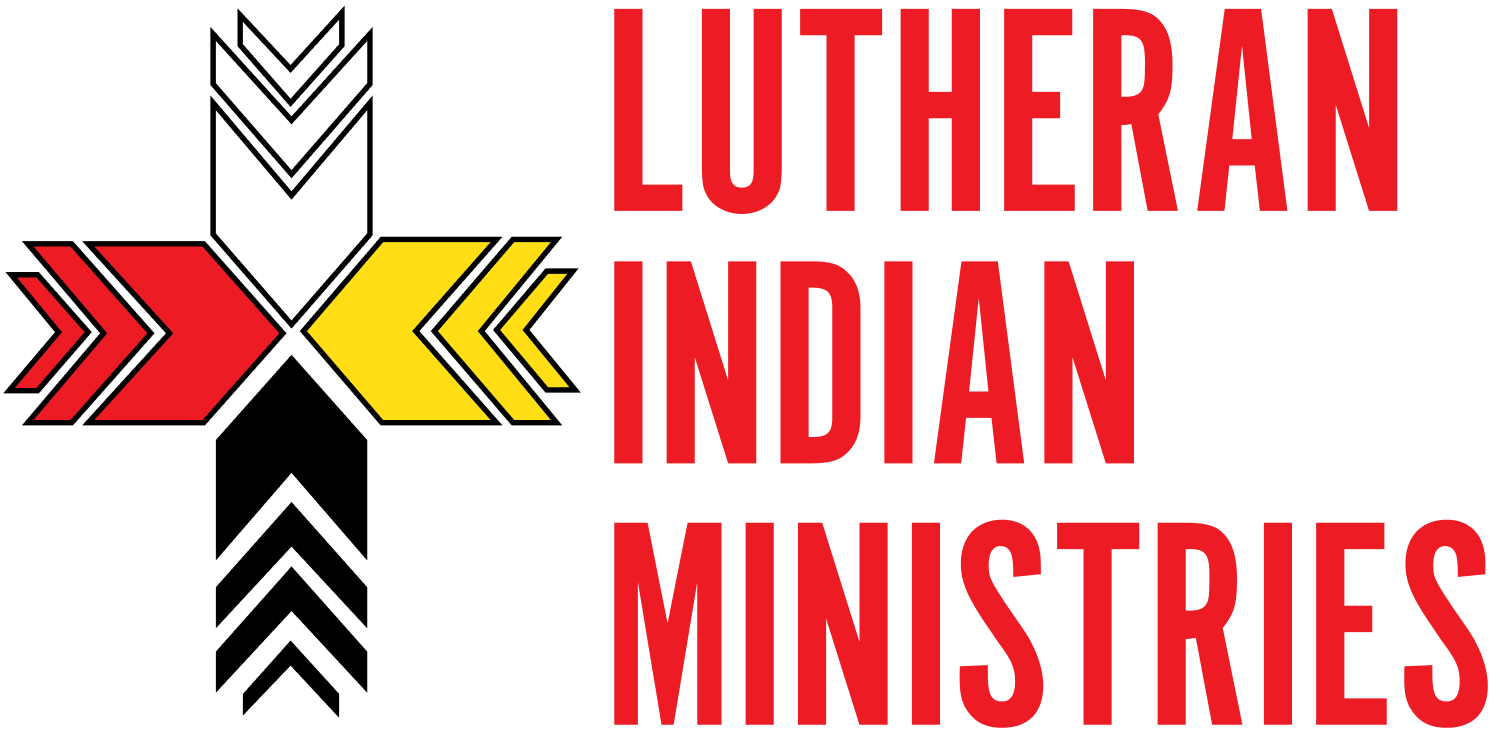This Week in Native American News (8/28/2020): Skating, Dancing, and Name Changes
August 28, 2020
Cherokee woman roller skates 2,000 miles to raise money for water quality research on Navajo Nation
(Courtesy of Alejandro Higuera [Pascua Yaqui] of Ket t'ui Photography) Former roller derby player Daisy Purdy recently roller skated from Arizona to North Carolina to raise awareness and funds for a water quality research project on the Navajo Nation.
While Forrest Gump ended his continent-spanning run on a hill in the Navajo Nation’s Monument Valley in the 1994 film, Daisy Purdy’s own 2,000-mile journey began there — at least in spirit.
Purdy, a former roller derby player in Flagstaff, Ariz., laced up a pair of roller skates on June 15 in the Navajo Nation community of Lupton, Ariz., and started rolling east. Her goal: to skate all the way to the traditional lands of the Eastern Band of Cherokee in North Carolina, where she is from, in order to raise money for water quality research in the Monument Valley area.
“Why We Dance” Series
In an effort to lift everyone’s spirit during this time where we are all staying home, the Anishinabek News did a call out on social media for dancers to submit their stories. The summer series is called: Why We Dance.
Everyone dances for a different reason. Some are just learning. Some feel that it’s a connection to their home and culture. Others dance for healing or to celebrate a personal triumph. And some are competitive dancers. Whatever the reason, our hearts lift up as we see them enter through the Eastern Doorway and join the circle. Pow-Wow dances are expressions of self and spirituality, history and culture. There are many different types of dances and many different styles of regalia to go with the dances. Dances tell important stories – both personal and cultural.
The Anishinabek News hopes this series brings you light and hope during these times of uncertainty, and inspiration to keep moving forward on your journey – whatever it may be; or maybe even dance.
Read all the Stories Here
5 Ways to Show Support on the International Day of the World’s Indigenous Peoples
There are approximately 476 million Indigenous people around the world, who are spread across more than 90 countries and who speak more than 4,000 languages. This great diversity is rarely celebrated — and has even become the target of discrimination and violence. As a result, even though they only represent about 6% of the world’s population, Indigenous peoples make up 15% of the world’s extreme poor.
In order to advance the rights of Indigenous peoples, the United Nations decided in 1994 to name Aug. 9 as the International Day of the World’s Indigenous Peoples. This date marks the first meeting of the UN Working Group on Indigenous Populations back in 1982. For this year, the theme is resilience in the face of the COVID-19 pandemic.
Although the pandemic has affected people around the world, Indigenous communities are among those most vulnerable to its threats because of widespread poverty and lack of access to clean water, sanitation, and medical services, according to the UN.
But Indigenous groups are organizing to overcome the pandemic through traditional knowledge sharing, Indigenous-tailored health messaging, and through creative ideas for fundraising.
In celebration of this year’s International Day of the World’s Indigenous Peoples, here are five ways you can take action and support Indigenous communities around the world.
See the List here
What’s in a name?: Calls to change Native American team names grow louder
The use of terms and images referring to Native Americans and First Nations as the name or mascot for a sports team is a topic of public controversy in the United States and Canada. Since the 1960s, as part of the indigenous civil rights movements, there have been a number of protests and other actions by Native Americans and their supporters. The protests target the prominent use of such names and images by professional franchises such as the Cleveland Indians (in particular their "Chief Wahoo" logo, which is now officially retired); and the Washington Football Team (Redskins until 2020). Changes, such as the retirement of Native American names and mascots in a wide array of schools, has been a steady trend since the 1970s.
Indians, Braves and Chiefs: what now for US sports' other Native American names?
NFL's Washington Redskins will change name and logo, team says
Squaw Valley Will Change ‘Derogatory and Offensive’ Name
Leinenkugel’s Will Retire Native American Logo
It’s hard to fit all the news in a little space.
To read all of this week's news, visit the LIM Magazine.
Sign up to get these emails in your inbox and never miss a week again!




